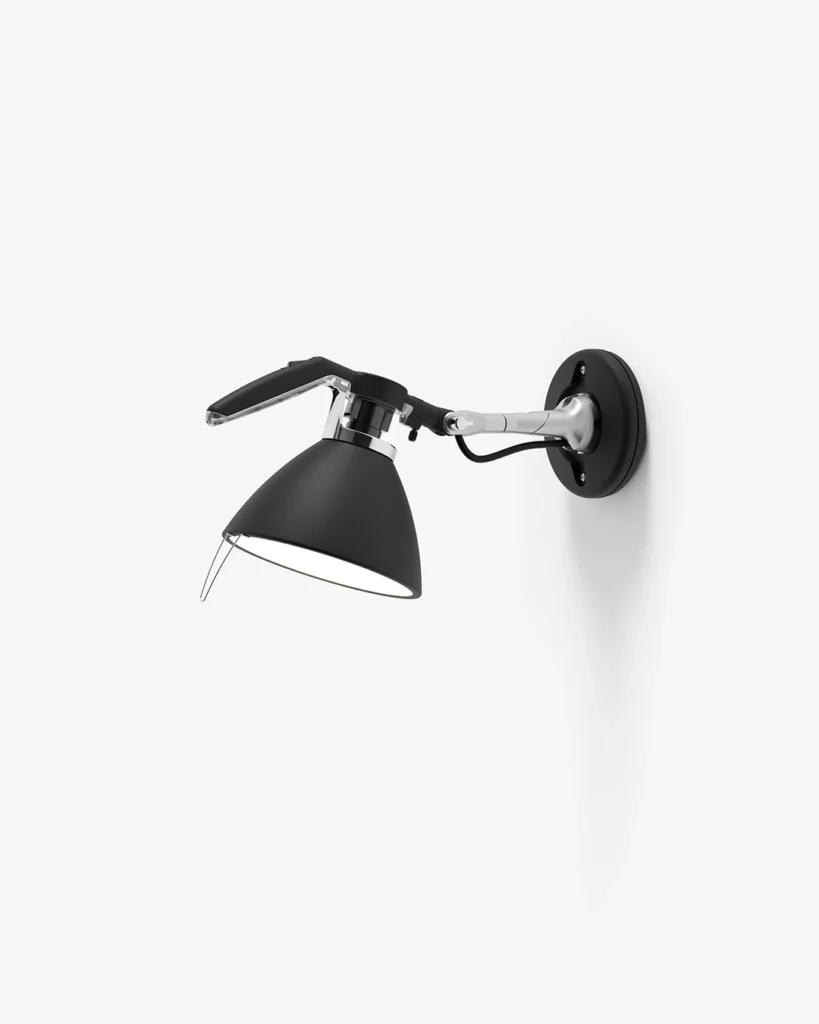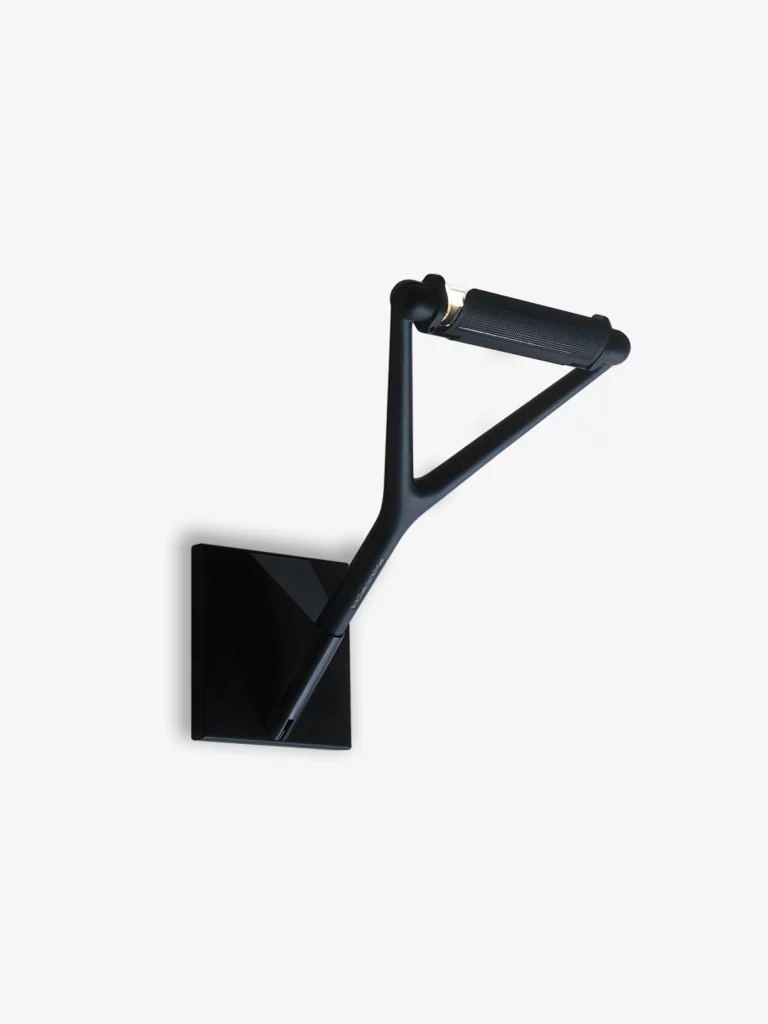Wall
Luceplan wall lamps reflect an essential and versatile design with a focus on lighting effect technology.
Plays of light and shadow give added depth and plasticity to walls, creating compositions that decorate the space, making each room unique and comfortable.



























